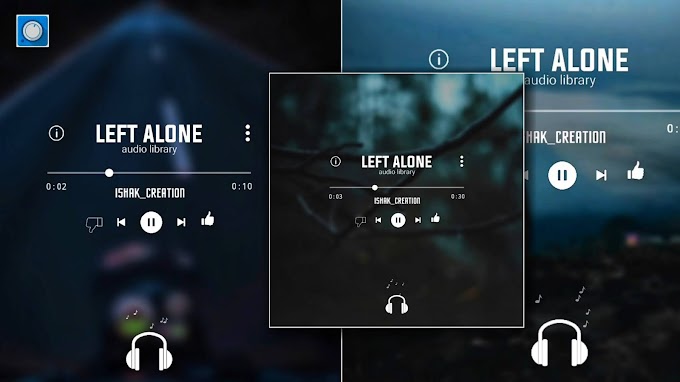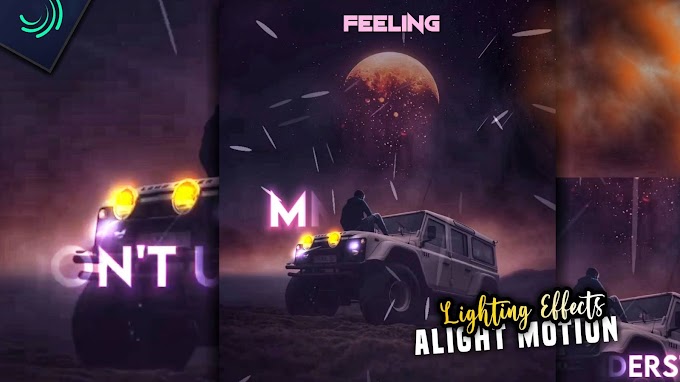Jawan Prevue Theme template
CapCut, now known as VITA, is a popular video editing app that allows users to create and edit videos, including adding intros. If you're looking for information on how to edit an intro using CapCut/VITA, here are some general steps you might follow:
Download and Install the App:
If you haven't already, download and install the CapCut/VITA app on your mobile device from the App Store (iOS) or Google Play Store (Android).
Open the App and Start a New Project:
Open the app and start a new video editing project.
Import Your Video Clips:
Import the video clips you want to include in your intro. You can select them from your device's gallery or import them from other sources.
Add Your Intro Clip:
If you have a separate intro clip that you want to add to the beginning of your video, import it into the project.
Arrange Clips:
Drag and drop the intro clip to the beginning of the timeline.
Trim and Adjust:
Trim the intro clip to the desired length, and make any adjustments such as cropping, resizing, or adding filters.
Add Effects or Text:
You can add text, stickers, transitions, or effects to your intro clip to make it more engaging.
Add Music:
If you want to add background music to your intro, import the music file and adjust the volume levels.
Preview:
Preview your video to make sure the intro looks the way you want it to.
Export and Save:
Once you're satisfied with your intro and the overall video, export the project. Choose the export settings you prefer, such as video quality and format.
Share:
After exporting, you can share your edited video on social media platforms or save it to your device.
Please note that the steps might vary slightly based on updates and changes to the app's interface. If you're specifically looking for tutorials or guides on creating intros with CapCut/VITA, I recommend searching for recent tutorials on platforms like YouTube or online forums where users share their editing techniques.
Remember that my knowledge is based on information available until September 2021, so there might have been updates or changes since then.
Certainly, transitions are important visual effects used in video editing to create smooth and engaging connections between different clips or scenes. They help improve the flow of your video and enhance the viewer's experience. Here are some common types of transitions you can use in video editing:
Cut:
A simple cut is the most basic transition, where one clip abruptly ends, and the next one begins. It creates a direct jump from one scene to another.
Fade In/Fade Out:
A fade-in transition gradually brings a clip from black (or another color) to full visibility, while a fade-out does the opposite. These transitions are often used at the beginning or end of a video or between scenes.
Crossfade:
A crossfade, also known as a dissolve, involves fading out the first clip while simultaneously fading in the next clip. This creates a smooth and gradual transition between the two clips.
Slide:
In a slide transition, one clip slides out of the frame while the next one slides into the frame from a different direction. This can add a dynamic and visually interesting effect to your video.
Zoom In/Zoom Out:
Zoom transitions involve zooming in or out of a particular part of one clip to transition into the next clip. This can be an effective way to direct the viewer's attention.
Wipe:
A wipe transition involves one clip "wiping" the previous one off the screen. The new clip appears to reveal itself from behind the first clip as it moves across the screen.
Spin:
A spin transition involves one clip spinning away to reveal the next clip underneath. It can create a playful and engaging effect.
Luma Fade:
A luma fade transition involves a gradual change in brightness or color intensity between clips. This can create a unique and artistic effect.
Masking:
Masking transitions use shapes or objects to reveal the next clip. For example, a circle could expand to reveal the next scene. This can add creativity to your transitions.
3D Transitions:
Some video editing software offers 3D transitions that simulate depth and movement, providing a more immersive transition between clips.
When using transitions, it's important to consider the tone and style of your video. Choose transitions that complement the content and enhance the storytelling, rather than distracting from it. Also, avoid overusing transitions, as too many can make the video feel busy or less professional.
Keep in mind that the availability of these transitions may vary depending on the video editing software you're using. Always explore the options and experiment to find what works best for your project.





1 Comments
CapCut features numerous customizable video templates, empowering users to effortlessly create professional and captivating content for various uses CapCutDownloader.net.
ReplyDelete